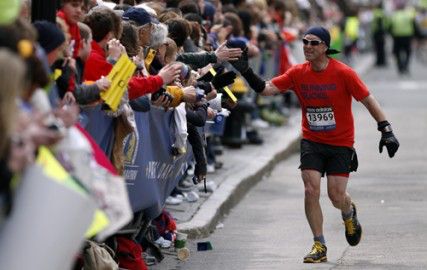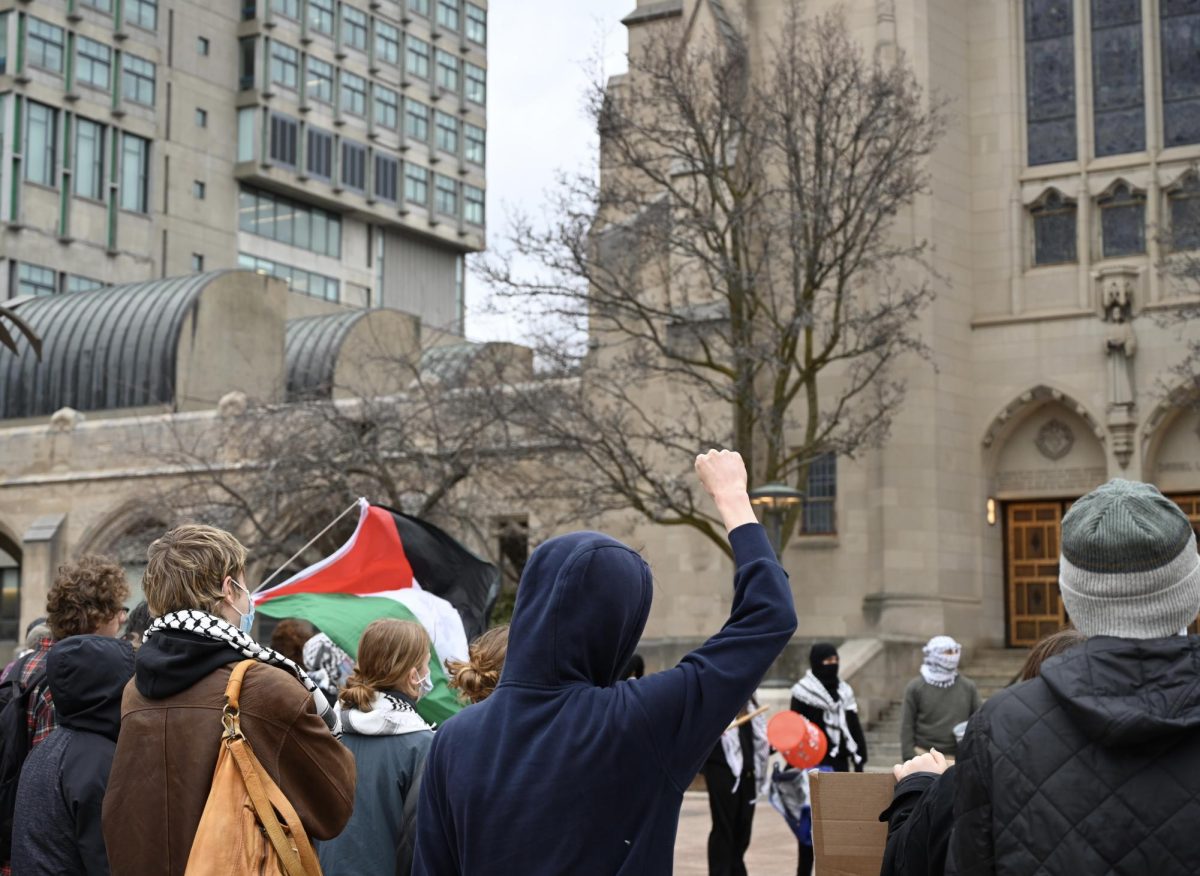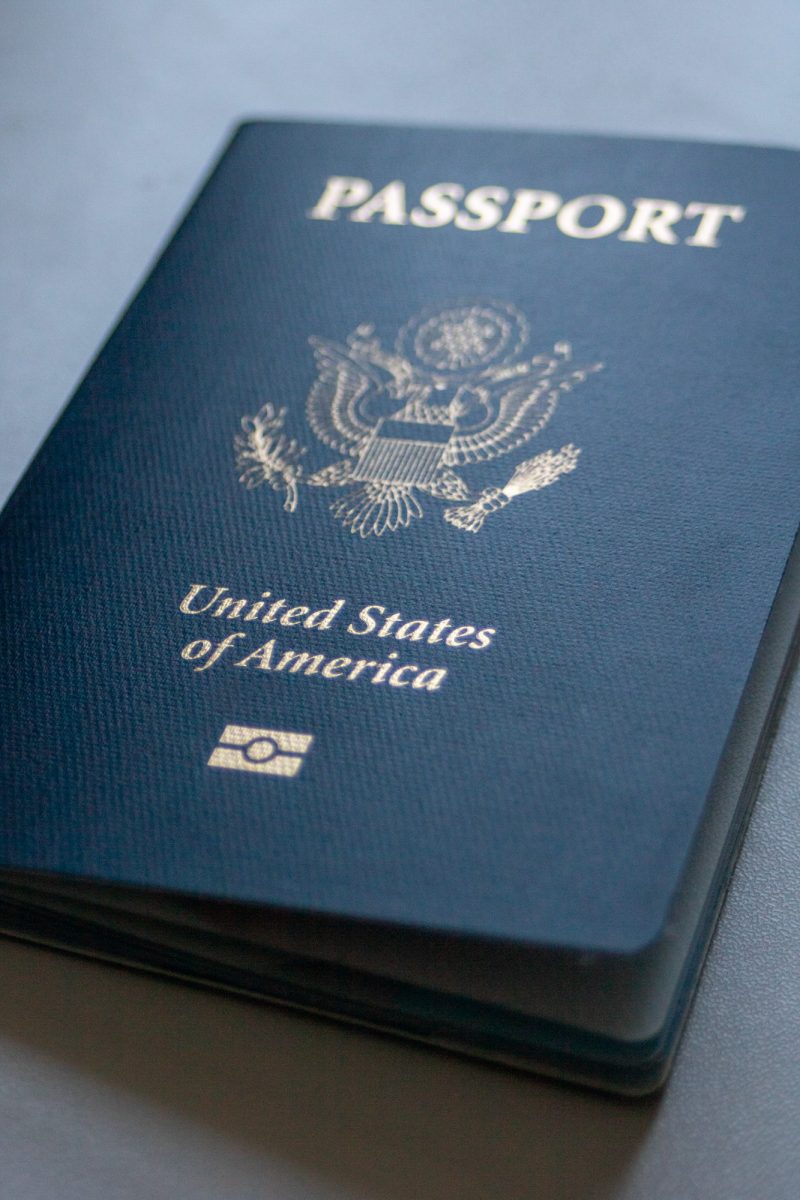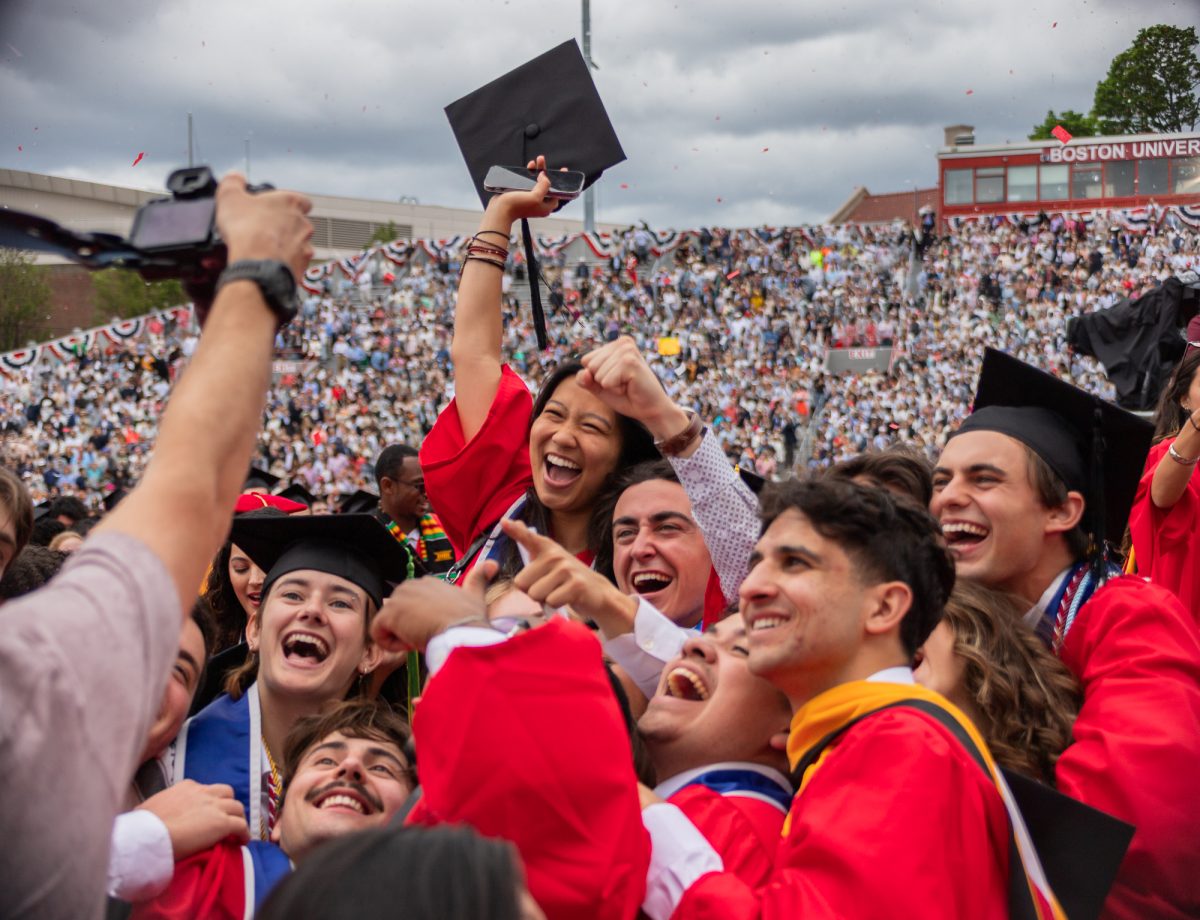
The 115th annual Boston Marathon closed down Boston on Monday as hundreds of thousands of people came to support the 26,907 runners competing to finish first in the longest-running marathon in the world.
New England’s most widely viewed sporting event witnessed a new course record as Kenya’s Geoffrey Mutai’s ran a record time of two hours, three minutes and one second, besting the previous record by almost three minutes.
The marathon closed down many main roads in the city and in surrounding towns for an average of seven hours, including parts of Commonwealth Avenue, Beacon Street and Massachusetts Avenue. In preparation for the event, other roads, such as parts of Boylston Street and Dartmouth Street, were closed starting April 13 and are scheduled to reopen on Tuesday.
Aside from closing streets, other logistical considerations were needed to ensure smoothness for the historic competition, said Boston University Police Department Lieutenant Robert Casey, who oversees the Charles River Campus at BU.
“For an event as big as this, we obviously have to add more cars and more officers along the campus to ensure safety not only for the runners, but also for all the spectators,” he said.
The 115th Boston Marathon also marked a change in the marathon process policy.
For the first time, the Boston Athletic Association, which organizes the Boston Marathon, allowed for online registration, starting on Oct. 18, 2010. Beating the previous record of 64 days, the entire field filled up in eight hours, leaving many qualified runners unable to compete.
“We took a look at what we could do to allow more runners the opportunity to enter, and that’s why we moved the registration date from Sept. to Oct. 18 so more marathons could take place and they’d have more opportunities to go online and enter,” said Guy Morse, the executive director of BAA in a video on the MarathonGuide website.
“In a lot of ways, [the quick fill-up] is unprecedented. It bodes well for the sport,” he said. “The future is very bright not only for the marathon but for running in general.”
Commenting on the enormous amount of applicants, he said, “If you go beyond certain point in field size, you begin to diminish the quality of the event for everyone.”
Additional changes for the marathon included a new three-wave set-up to the race and the election of the first woman President of BAA, Joann Flaminio.
The marathon drew yearly supporters and newcomers alike.
Karen Cohen traveled from New Jersey to witness the marathon for the first time and to visit her daughter, Rebecca, a sophomore at BU.
“I’ve never seen the race before,” Cohen said, “But I’ve heard so many good things about it, that it had a good vibe and the history behind it. When the opportunity came up, I jumped on the chance to witness this event and to cheer these runners on.”
“Growing up in the suburbs of Boston, I’ve seen the race many times on television, but now being at BU and seeing it for the first time in person, it’s so different. It’s really incredible,” said Kelsey Simonson, a junior in the College of Arts and Sciences.
John Hale, a Boston resident, said he comes every year to support all runners, not just the leaders, he said.
“This is a once-a-year special commitment for them. It means many different things to each person and they appreciate it when people come to cheer them on,” he said. “In general, it’s good to see it’s not just for the elite runners, but for everyone who commits to living the lifestyle necessary to compete.”






















































































































